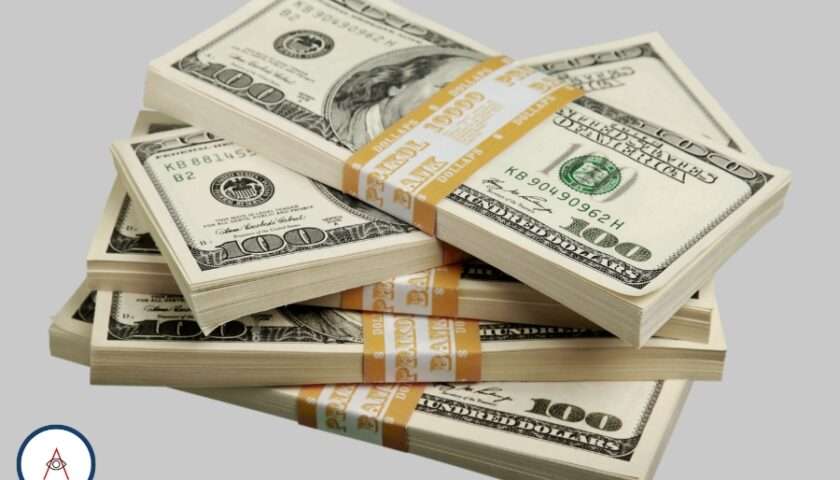The US dollar (USD) scaled modestly on Thursday after Federal Reserve Chair Jerome Powell shied away from early rate cuts, while the Bank of England stated that more evidence of reducing inflation will be required before any easing.
Track the latest market updates! Discover why the Dollar Rises as March Fed Cut Bets Ease. Stay informed with our concise and insightful analysis.
Meanwhile, the euro sank to a seven-week low, while the yen and Swiss franc remained stable as traders absorbed market concerns about US regional lenders.
With the euro, yen, and British pound among its six main counterparts, the US dollar index, which gauges the value of the currency, was marginally up at 103.63 as a result.
It is close to recent highs of 103.82, reached on Monday of this week and Tuesday of last week, and not seen since December 13.
US economic statistics that indicated the Fed might hold off on raising rates, along with Powell’s comment that a rate decrease in March was “not a base case,” helped the dollar gain ground overnight. One more push.
Powell stated at a news conference that “it remains to be seen” if the committee can have enough confidence to loosen policy by the time it meets in March.
Fed officials, he added, The rates decreased but didn’t alter.
A long-standing suggestion is that financing costs might rise even further.
“The goal was not to meet expectations for a March rate cut, but to keep the (rate-setting) Federal Open Market Committee’s options open, and I think they’ve done both very well,” said Derek Halpenny, research Head of Global Markets EMEA at MUFG.
Following New York Community Bancorp’s 37 percent plunge on Wednesday to its lowest level in more than 20 years, the Fed’s results caused U.S.
Treasury yields to drop, which fueled a rush for bonds amid fresh shocks at regional U.S. banks hit the lowest point.
U.S. Treasury yields on the two-year note decreased by 13 basis points on Wednesday, but on Thursday they increased by 2 basis points to 4.24 percent.
The dollar recently traded at 146.96, barely moving from its two-week low of 146.005 yen on Wednesday.
“The dollar-yen is not going to be where it is (with US regional banks),” Halpini stated.
Sean Callow, foreign exchange strategist at Westpac, stated that “a less dovish FOMC supporting the US dollar will be the key story in the coming days if markets perceive the knee-jerk reaction to regional bank news as overreactive.”
As the Bank of England reaffirmed that policy would need to stay “tight for quite some time” and two policy Manufacturers voted in favor of hiking rates,
dampening hopes for a cut, the pound clawed initial losses and was last down 0.1 percent against the dollar at $1.2670. A fall in interest rates.
For the first time since August 2008, at the onset of the global financial crisis, several officials have voted to raise and decrease interest rates during the same meeting, thanks to Swati Dhingra’s vote in favor of interest rate reduction.
“The Bank of England’s muted approach to these talks makes it an outlier, even though the Fed and the ECB are signaling rate cuts,” said Kyle Chapman, FX market analyst at Ballinger & Co. Is.
“The most interesting feature for us is the expectation that inflation will quickly approach the 2% objective before increasing again –
implying that a steep decline in inflation shortly will have less of an impact on policy.” may be more complex than we previously assumed.”
The Riksbank of Sweden made the other rate decision on Thursday, maintaining its benchmark interest rate at 4.00% as anticipated.
The bank did, however, note that it might be able to move up the date of the first-rate drop, possibly to the first half of 2024, if inflation stays low.
As a result of the ruling, the Swedish crown lost strength, and the euro last traded at 11.323 kroner, down 0.7%.
See also USD Dollar Maintains at 5-Week High
